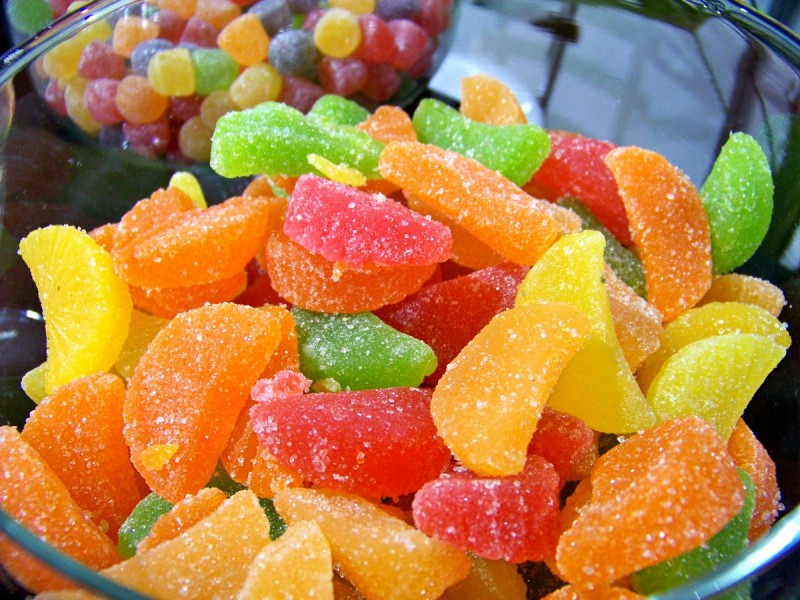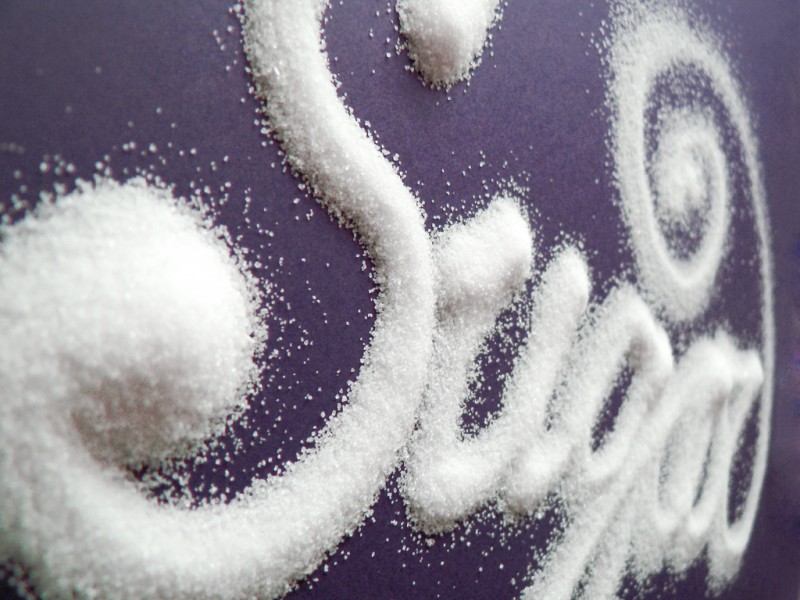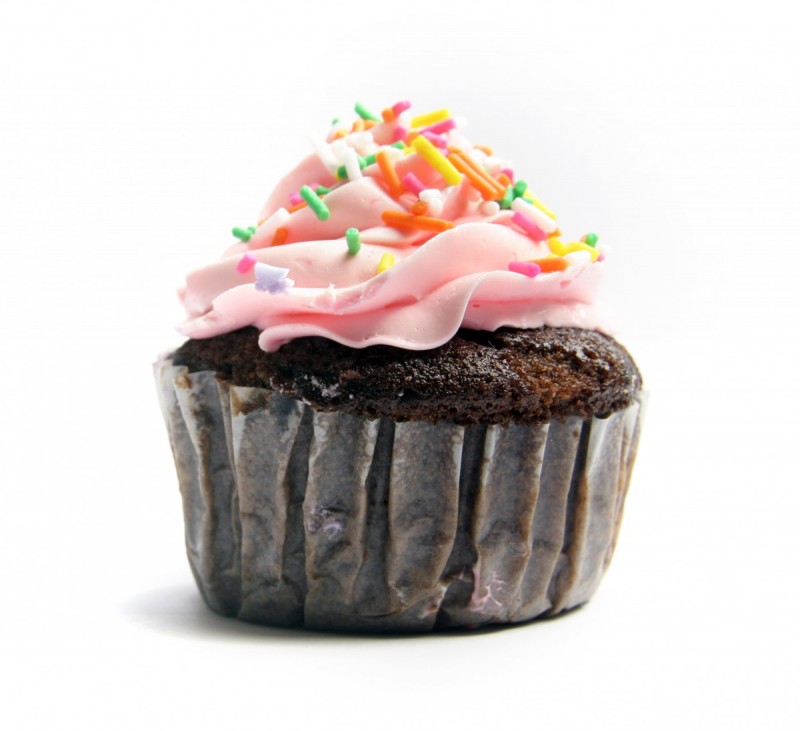Our naturopath noticed me massaging my aching wrist during one of our appointments a few years ago: “Has your wrist been bothering you? Most of the time, that happens because of what you’ve been eating. Sugar is very hard for the body to process, so it ends up getting ‘trapped’ in areas like the joints and causes inflammation…” I paused and realized that, while we were eating fairly healthy, I had been on a recent binge of sweets.
During my pregnancy, a doula friend recommended that I cut out sugar and gluten to aid in an easier delivery, since both of those ingredients in food cause the muscles and tendons to lose elasticity. I can happily say that the last two months of my pregnancy were sugar and gluten-free and my twisting, turning, spiraling little boy caused n’er a tear as he entered this world.
 Those events made me more conscious about sugar in our diet. (This is not to say I don’t indulge in a piece of chocolate cake or ice cream every once in awhile!) The morning after my intake of sugar, however, I am always distinctly aware of how tight my joints are, how hard it is to get out of bed, and how sluggish I feel. The adage about “getting old,” is really just a brief way of saying “becoming less able to process toxins out of the body.” Sugar is toxic and new research is showing that eliminating it could be the key to preventing many, many illnesses.
Those events made me more conscious about sugar in our diet. (This is not to say I don’t indulge in a piece of chocolate cake or ice cream every once in awhile!) The morning after my intake of sugar, however, I am always distinctly aware of how tight my joints are, how hard it is to get out of bed, and how sluggish I feel. The adage about “getting old,” is really just a brief way of saying “becoming less able to process toxins out of the body.” Sugar is toxic and new research is showing that eliminating it could be the key to preventing many, many illnesses.
Thus begins my series on sugar.
Changing one’s diet to include more whole, real foods automatically eliminates many sugars, but I found the motivation to make that change lies in the facts about how sugar acts in the body.
Research
60 Minutes recently ran a segment entitled, “Is Sugar Toxic?,” which is certainly worth a watch if you have 15 minutes to spare. Dr. Robert Lustig, a leading endocrinologist, has been finding that sugar can lead to a number of serious health issues–including cancer. His lecture, “Sugar: The Bitter Truth” has over 2 million views on YouTube and is well-worth your time. Something Lustig said during the 60 Minutes interview stood out to me: “Take the fat out of food and it tastes like cardboard and the food industry knew that…so they replaced it with sugar.” Lustig was referencing the “fat-free” craze a few decades ago and it serves as a great reminder that when those who SELL food are making the decisions about what goes into it, one should proceed with a critical eye. Processed food manufacturers will use any tactic necessary to encourage you to buy their products, jumping on whichever health fad or social issue seems popular (we can think about the “natural” and “organic” labels that are slapped on so many unhealthy foods). We cannot allow the manufacturers of food sold in stores to make our decisions for us, especially when sugar is linked to heart disease, cancer, and mental illness!
How Sugar Appears
Thinking about Dr. Lustig’s warning about sugar taking the place of fat in processed foods, we have to become more aware of how sugar is presenting itself in foods we do not make ourselves. This includes foods beyond the typically sugar-laden treats like cookies, candy, and cupcakes. Consider bread, yogurt, juice, milk substitutes, cereals, energy bars, frozen meals, canned goods and jarred sauces. The following list of names for sugar comes from The Nutrition Source on Harvard School of Public Health‘s website:
[pinit]
[wpcol_1half id=”” class=”” style=””]Agave nectar
Brown sugar
Cane crystals
Cane sugar
Corn sweetener
Corn syrup
Crystalline fructose
Dextrose
Evaporated cane juice
Fructose
Fruit juice concentrates
Glucose[/wpcol_1half] [wpcol_1half_end id=”” class=”” style=””]High-fructose corn syrup
Honey
Invert sugar
Lactose
Maltose
Malt syrup
Molasses
Raw sugar
Sucrose
Sugar
Syrup[/wpcol_1half_end]
Other Tricks
Don’t be fooled by terms like “organic cane sugar,” “raw sugar,” or “brown rice syrup,” as these terms are simply more “natural”-sounding names for SUGAR. True, they may be in a less-processed state than white sugar, but they behave the same within the body. Scary truth: brown rice syrup (found in many energy bars and gluten-free foods) has been found to contain arsenic!
Ready to Change
One of the first things you can do to eliminate sugar is to clean out your pantry. Start over. I’ve outlined what to eliminate and what to buy in my post Step One: The Healthy Cupboard. You can also do a short, quick, safe detox.
[box]
Read Part 2 of the “Sugar is Toxic” series: Natural Sugar Alternatives.
Don’t miss a post! Subscribe to Healthful Mama.[/box]
What’s the biggest challenge you see in eliminating sugar from your diet?
image credit: sxc.hu



Leave a Reply